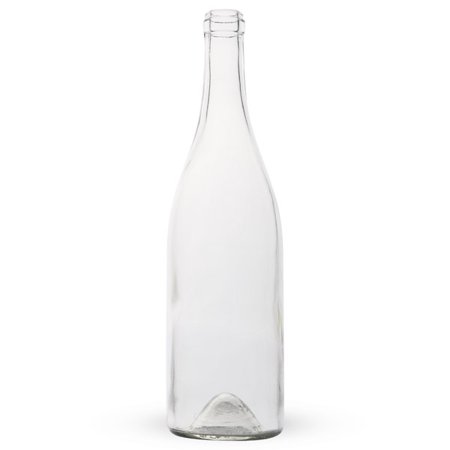Description
Some coconut farmers in the Philippines use coconuts not only for making copra (dried coconuts) but also for making coconut wine, locally called tuba. All it takes climbing up the tree.
In the Visayas, coconut wine is called tuba, bahal or bahalina. In Luzon, a distilled version is called lambanog. The difference between the two is their mixture and color. Tuba is a drink made from the pure sap, resulting in an almost colorless or milky white liquid sometimes referred to as coconut vodka. In Visayas, particularly in Leyte, tuba is the product of mixing barok (the reddish bark of the mangrove tree) with the coconut sap, making the tuba red in color. This is sometimes called coconut red wine.
In Luzon, tuba is produced without any colouring and is usually consumed right after it is collected from the tree because it can sour quickly. They allow some of it to undergo fermentation and distillation to form a harder drink known as lambanog. It is often called the poor man’s drink because of the inexpensive nature of the distillation process, and the local farmers enjoy it after a hard day’s work. Lambanog is also popular amongst the local people during festive occasions.
In the Visayas Islands, particularly in Leyte, they call coconut toddy, or coconut wine, tuba. After it has been fermented and distilled for a few months, they call it bahal. If it’s distilled for a year or more, it becomes bahalina. In Leyte, tuba is also referred to as a poor man’s drink, and it is a more accessible alcoholic drink that the local people enjoy. This doesn’t mean that bahalina is of poor quality.






